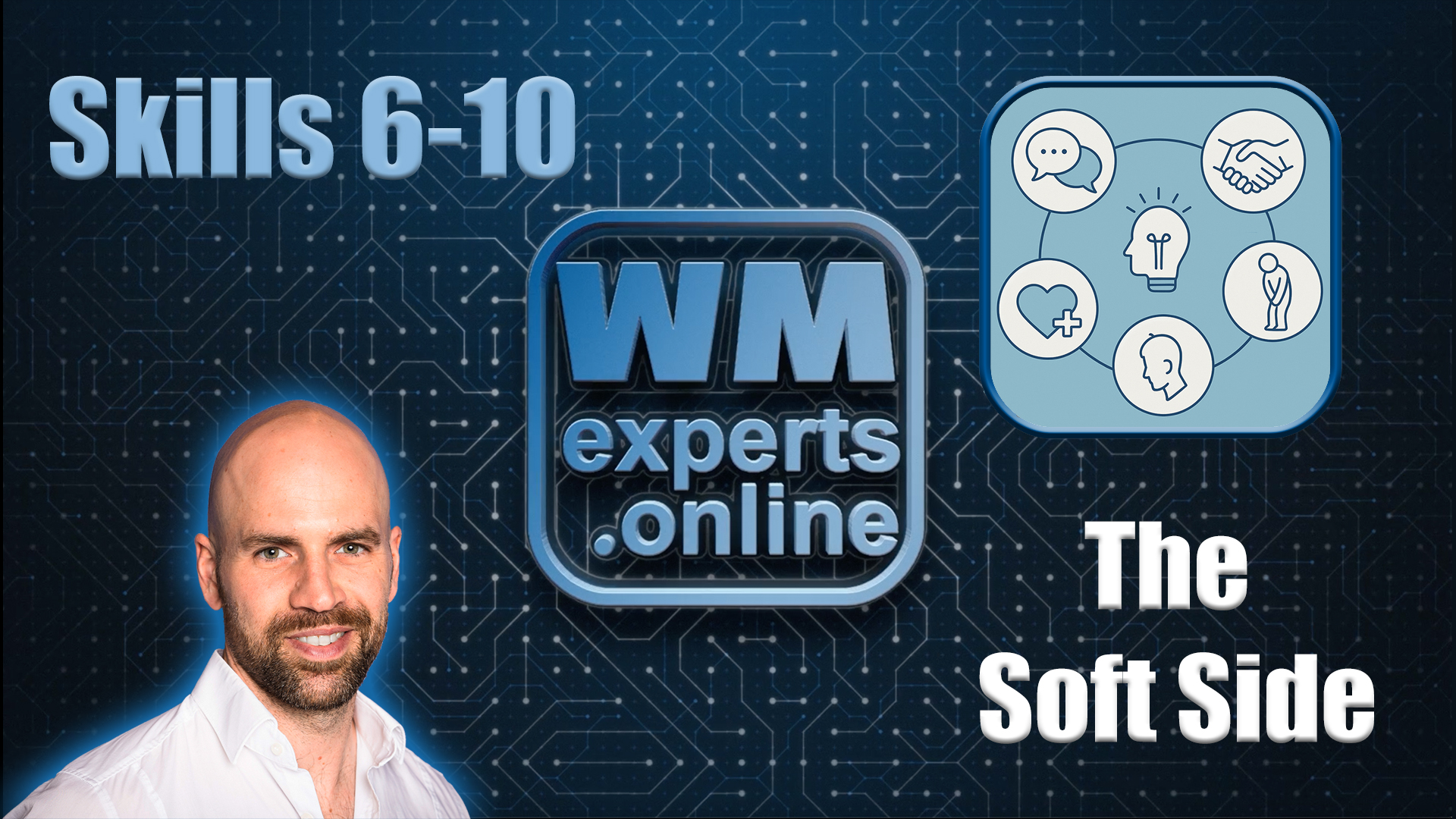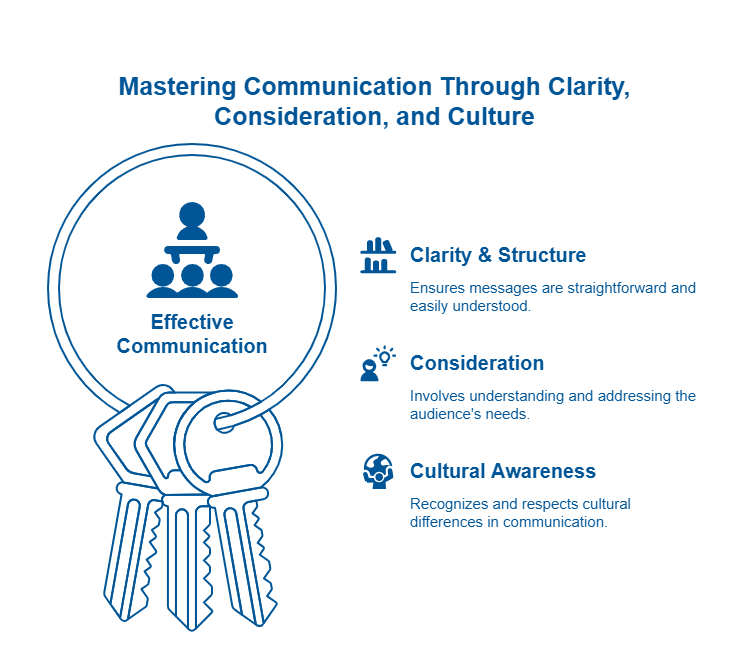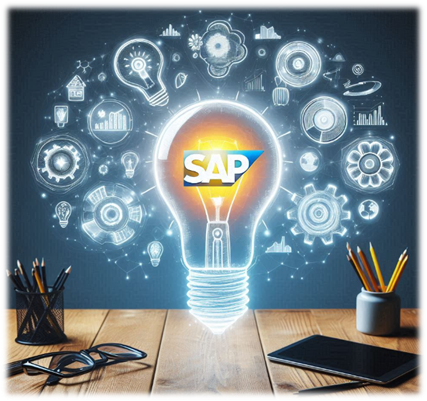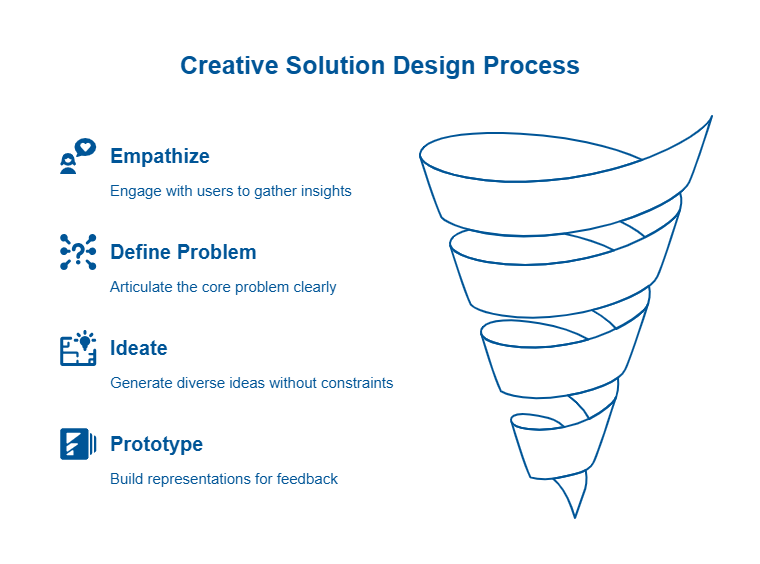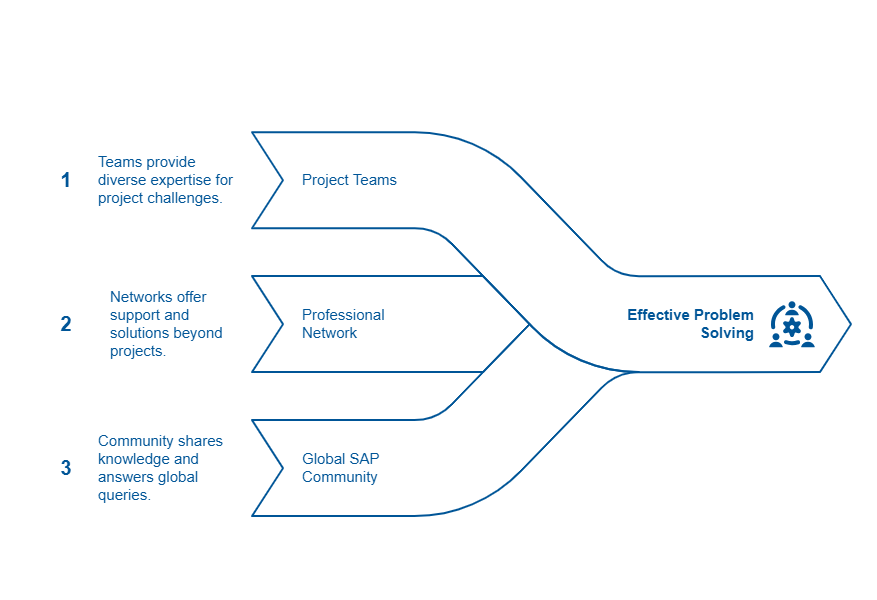Working as a SAP EWM Consultant
How do become a good EWM Consultant? (Part #2)
In this post, I present my personal top 10 list of skills required to become a successful EWM consultant. The first part of this blog post will cover five technical and functional skills that serve as the foundation for EWM consultants.
Tips 6 to 10, which I will publish in next month’s post, focus on soft skills that you develop over time and build upon your technical and functional foundation.
Before I begin with the list of skills, I want to emphasize that I am far from perfecting any of these skills. It is an ongoing journey for all of us, myself included. There is no end to this game for any of us; the path has to be the goal.
Enjoy reading!
6. Communication
If you think a good EWM consultant spends all their time sitting in front of EWM, I have to tell you that you are wrong. You will talk. You will talk a lot!
When I mention talking and communication, I am not just referring to bilateral dialogues. Practice free speech, moderation, presentation, and, of course, the art of listening. These days, I spend at least half of my working hours communicating. Here are some examples to help you understand what I mean:
• Sales pitches, presenting and explaining why our company/team should be the chosen one
• Business Blueprint workshops, discussing requirements for the business processes to be implemented in EWM
• Handover of functional specifications to the developers responsible for writing the required code
• Project status calls with stakeholders, from operational level up to upper management
• Training key or end-users on how to use the system in the context of testing and live operation
…I could list so much more, but I think you get my point.
So what is key here? With the bullet points below, I tried to break the topic down into its most important characteristics:
1. Clarity & structure
Clear and structured communication ensures that your message is easily understood by others. Avoid unnecessary jargon or complexity. Organize your thoughts in a structured manner. Be as straightforward and concise as possible while still feeling comfortable with your wording.
2. Consideration
Be mindful of your audience. Understand their needs, emotions, and viewpoints. Put yourself into the position of your communication partners (what do they know? What do they not know? What are their objectives? ). Tailor your communication accordingly.
3. Cultural awareness
Consider the cultural differences in ways of communication between you and the ones you are talking to. Be aware that a shop-floor worker in Germany talks in a different way than a developer from India. A US-based project manager in a different way than a key-user from Malaysia. You could take almost every combination here and end-up with culture clashes in case you are not aware of the differences.
How do you learn all this? There is no fast lane, for sure. I believe it is all about real-life practice. While there are some guidelines and frameworks, the most important thing is practical experience:
- Grab every opportunity to speak freely in front of people. It feels bumpy at the beginning but becomes routine faster than you think.
- Ask for feedback. Your team members will be happy to provide constructive (and sometimes negative) feedback. Ask what you could improve in terms of the characteristics listed above and apply your learnings whenever you get the chance.
- Study how different cultures communicate. It’s not rocket science—there is plenty of content online, and you can prepare accordingly once you know how your next project team is composed.
The good thing is that the skills you are developing will not only help you in the EWM world but also in almost all other professions (maybe you are so adventurous that you might want to do something else one day 😊) or in your private life (your kids and your partner will be grateful if you explain things in a structured way and listen to them carefully when they have real-life problems).
7. Creativity & innovativeness
Innovative and creative thinking involves generating ideas and solutions that often challenge the status quo. It’s about finding new approaches to problems or procedures, resulting in positive changes for businesses and individuals. This is a valuable skill for EWM consultants.
But how do you apply this to the process of designing a software solution? When faced with a challenging requirement, push yourself to think outside the box. Look at your problems and requirements from different angles and perspectives.
Here are some tips and practical examples to infuse creativity into your solution design process:
1. Empathize with Your Users: Gain a deep understanding of the user’s world. Understand their needs, pain points, and aspirations. Engage with them to gain insights into their experiences. Example: Spend some time with a picker on the shop floor before you design a mobile picking dialog that is supposed to make their work more efficient.
2. Define the Problem: Clearly articulate the core problem you are solving. This helps focus your creative efforts on what truly matters to the user. Example: Use ‘why’ questions to remove all clutter from the actual problem until you reach the core reason.
3. Ideate: Generate a wide array of ideas without constraints. Use techniques like brainstorming, mind mapping, or sketching. Example: Sit together with project team members from different professions and let them throw ideas onto a brown paper. Make it anonymous initially to encourage even the most unconventional ideas.
4. Prototype: Build a representation of one or more of your ideas to show to others. Remember that a prototype is just a vehicle for feedback, not a final solution. Example: Draw simple mockups of user dialogs in PPT or Visio during your design phase and let end-users imagine how they could use them.
Throughout this process, maintain a user-centric approach, collaborate with diverse teams, and be willing to iterate on your designs. This approach not only fosters creativity but also ensures that the end product resonates with the users and meets their needs effectively.
….those first 7 tips were very extensive – I tried to keep it a bit shorter for the last 3, which are also not that complex to understand.

8. Humility
Always keep in mind that you are working with complex systems. These systems consist of hundreds of thousands of lines of code, interacting in endless combinations of configurations. You will never fully understand every single detail about SAP EWM (in the same way as your Senior colleague with 20+ year of experience will not!).
Especially when you add custom code, you may find yourself underestimating the complexity. As a result, your solution might not behave as expected, leading to negative effects on customers, businesses, or projects.
Based on my experiences, I recommend staying humble while working on complex EWM projects. This approach is essential for avoiding overconfidence, fostering a healthy work environment, and handling failures gracefully.
9. Build a network and help others
As mentioned earlier, the world of EWM, its adjacent modules, and its possibilities for integration with non-SAP subsystems is vast and intricate. No single developer or consultant possesses comprehensive knowledge of every aspect. However, in almost every project, you encounter new challenges. While project teams are valuable, there are instances where you find yourself stuck, seeking solutions for specific project issues.
Building a network of professionals can be immensely helpful in such situations. This network might include former project colleagues or the global community of SAP enthusiasts. EWM developers and consultants actively support each other through social networks, forums, and WhatsApp groups. Just as no individual developer knows everything, it’s safe to say that there is no question the worldwide community cannot answer. By contributing value to the community, you can be assured of receiving help when you need it!
10. Well-being
Last but not least, a personal reflection:
Taking care of our health is paramount, especially in the demanding world of software development. We often find ourselves glued to laptops for hours, navigating stressful project phases that frequently spill into overtime. Our home-office days may tally fewer than 500 steps on the counter.
Certainly, we can dedicate days and nights to mastering EWM’s features and delving into its codebase. We can strive to keep project stakeholders satisfied and our bosses proud. Yet, true happiness eludes us unless we also prioritize our physical and mental well-being.
Challenge your body with cardiovascular or strength training. Give your brain the gift of meditation, venture into nature, or simply spend quality time with loved ones. These moments of self-care are essential for maintaining balance and resilience.
With these points, I conclude this blog post, hoping to provide you with valuable insights into areas you might want to develop to become a better consultant.
Enjoy the journey!
